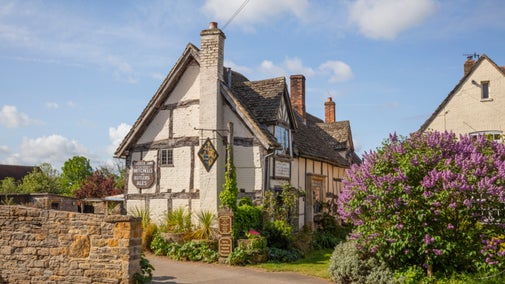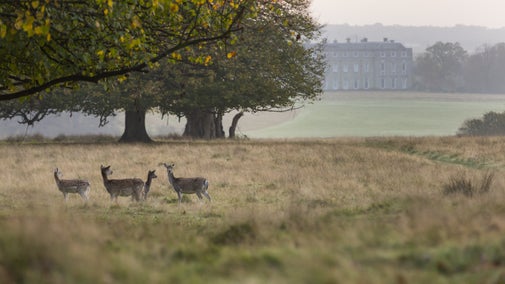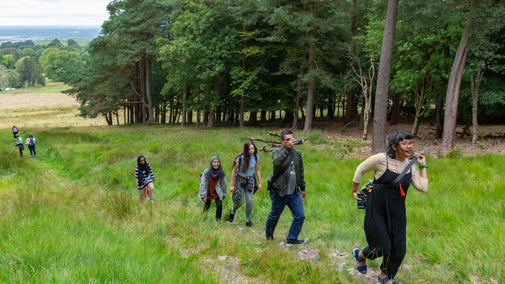Fulking archaeology walk
Sussex
This circular route, starting and ending at The Devil's Dyke pub, is an archaeological walk through time, along the glorious contours of the Sussex Downs. On one side is the Weald, and on the other, the sea.
Near to
Devil's DykeStart point
The Devil's Dyke pub car park, Dyke Road, Poynings, Brighton, East Sussex, BN1 8YJ. Grid ref: TQ260103Trail information
More near here
Devil's Dyke histories and mysteries walk
A good three mile walk which takes you to the alleged burial site of the Devil and beyond to Saddlescombe Farm and the donkey wheel.

Ditchling Beacon to Devil's Dyke, South Downs walk
This route will take you through some of the most stunning parts of the South Downs Way, where you will find wildlife aplenty and see extensive views from the Ditchling Beacon.

Fulking pub walk
A moderate circular walk, starting and finishing at the Shepherd and Dog pub, comprising ancient landscapes and breathtaking views.

Wolstonbury Hill explore nature walk
This walk takes you through beech woodland and across open grassland, and as a Special Site of Scientific Interest you'll find a variety of plants and wildlife. Visit in the spring to see bluebells and smell the wild garlic.

Get in touch
Our partners

We’ve partnered with Cotswold Outdoor to help everyone make the most of their time outdoors in the places we care for.
You might also be interested in
Best pub walks
We care for 39 historic pubs and inns. As well as offering locally sourced food and drink, they also have walking routes nearby. Find a pub walk near you.

Walking in Sussex
Explore coastal paths, open parkland and countryside teeming with wildlife on these top walks in Sussex.

Walking
Explore some of the finest landscapes in our care on coastal paths, accessible trails, woodland walks and everything in between. Find the best places to walk near you.

Staying safe at National Trust places
The special places in National Trust care sometimes come with a few risks for visitors, be it coastline or countryside. Find out how to keep safe throughout your visits.

Follow the Countryside Code
Help to look after National Trust places by observing a few simple guidelines during your visit and following the Countryside Code.

Cotswold Outdoor: our exclusive walking partner
Learn about the National Trust’s ongoing partnership with Cotswold Outdoor. Find out how they help us care for precious places and the exclusive discount available for National Trust supporters.




